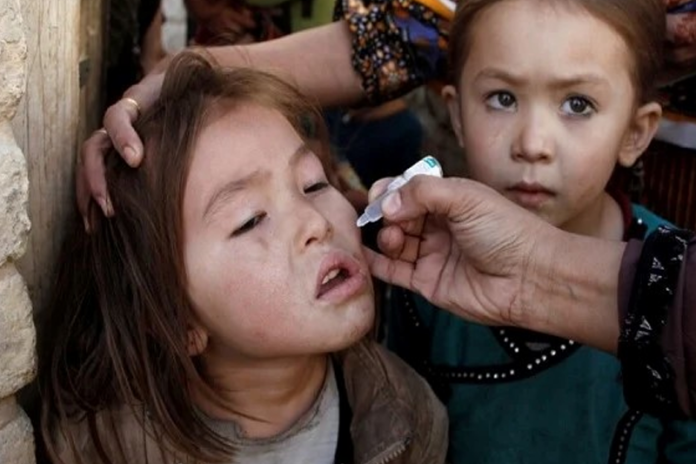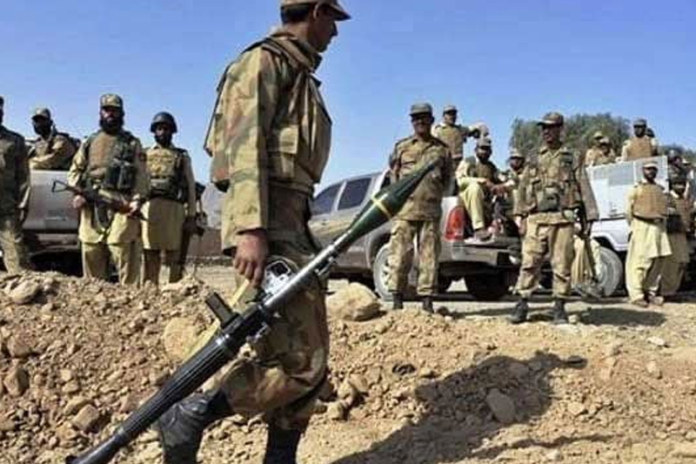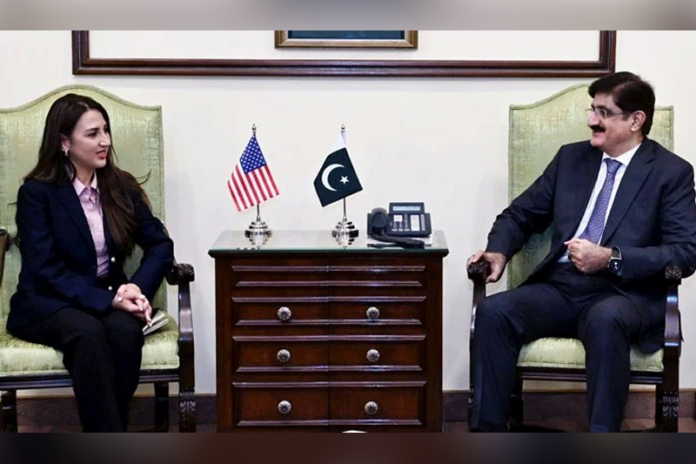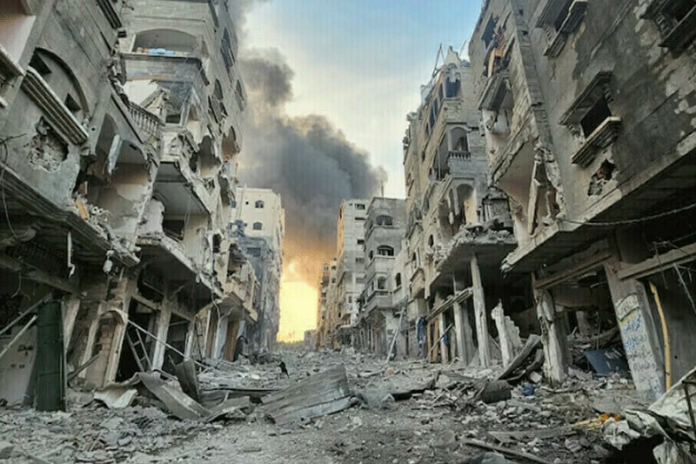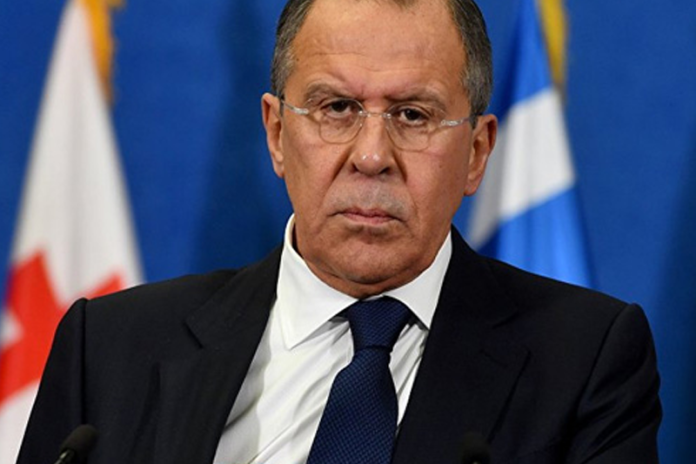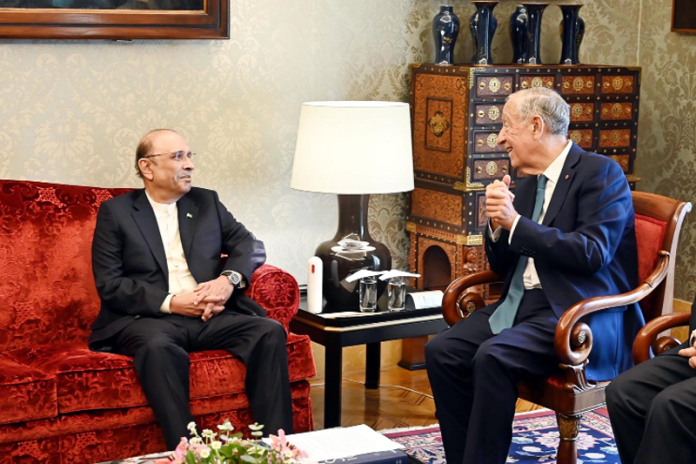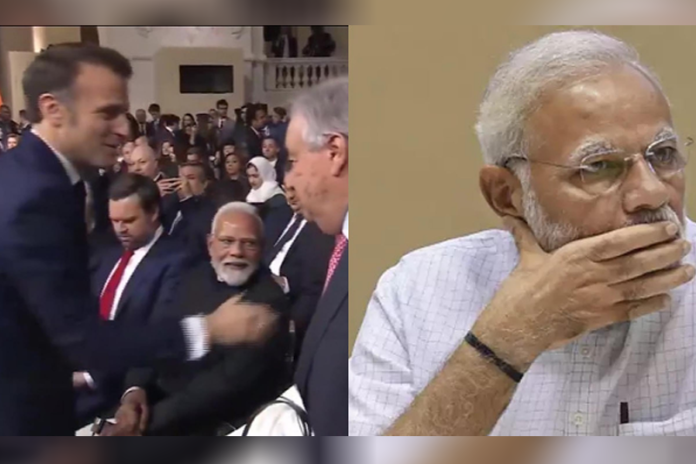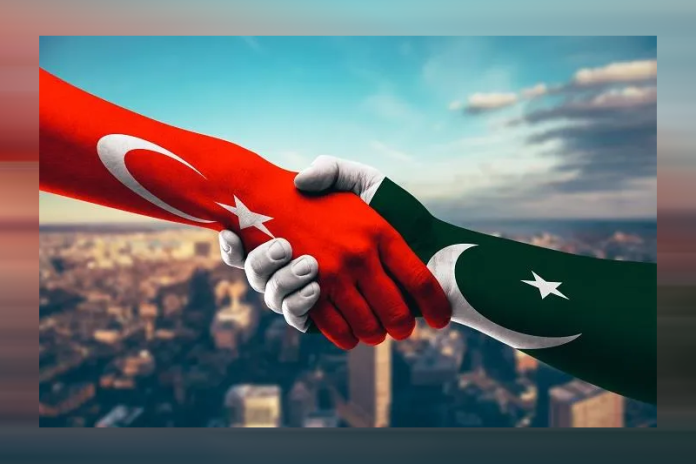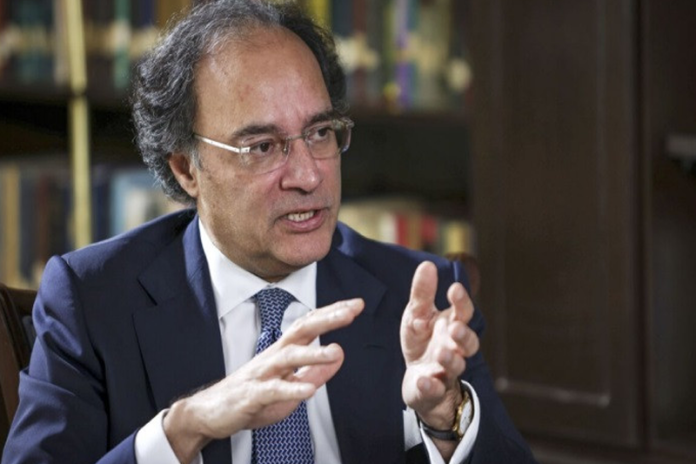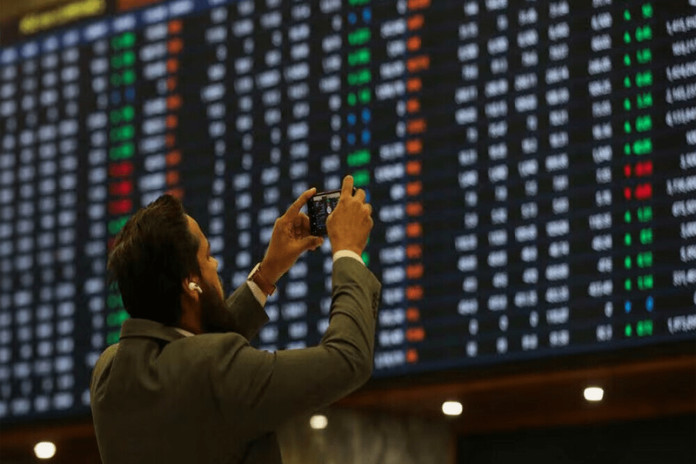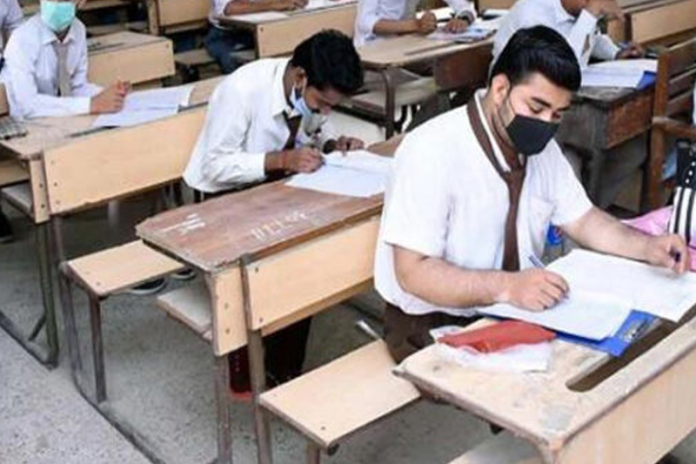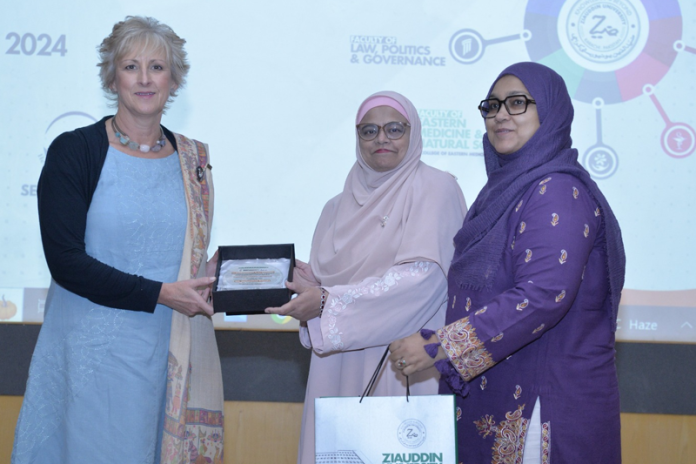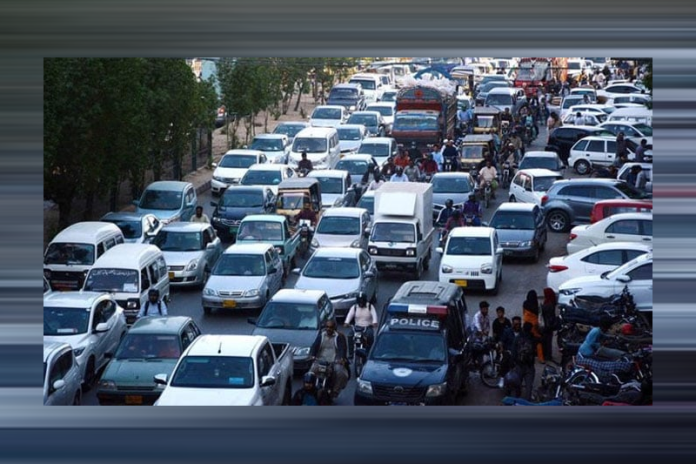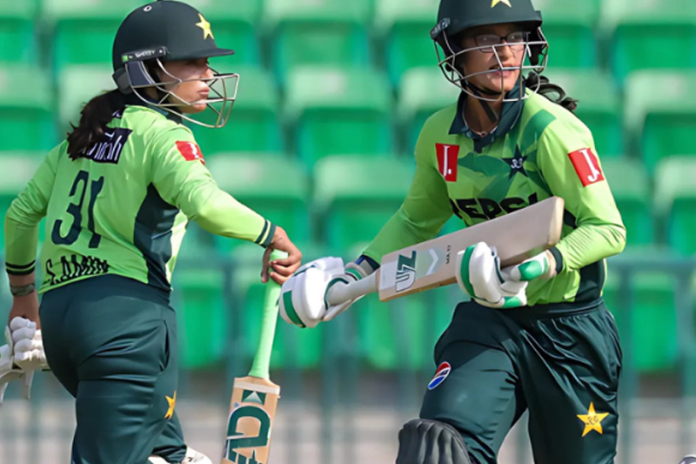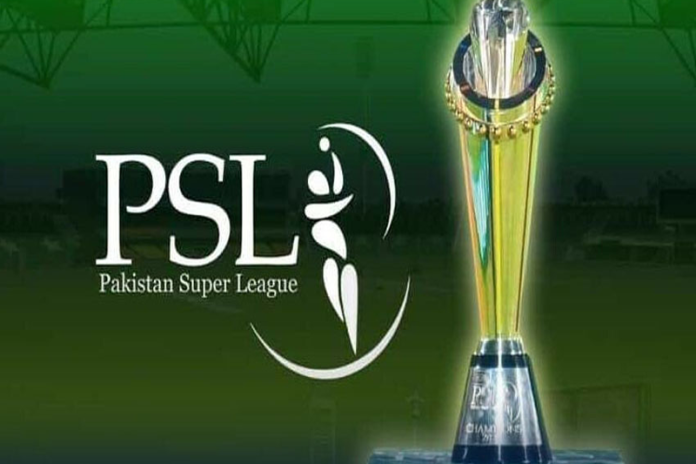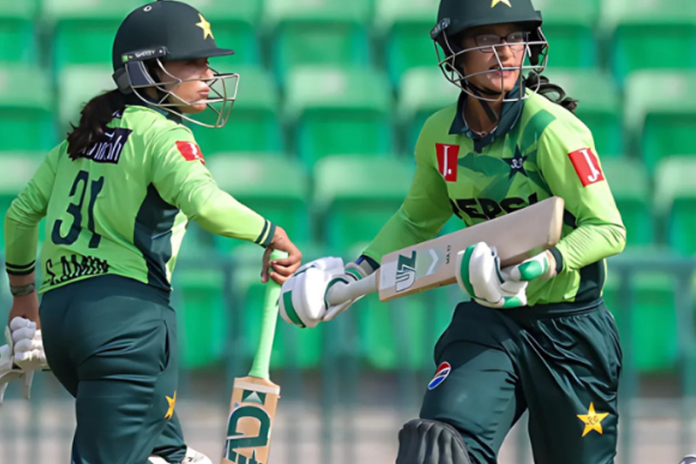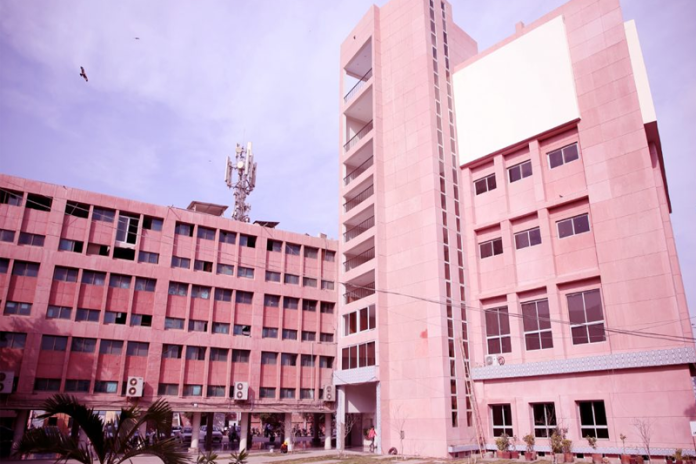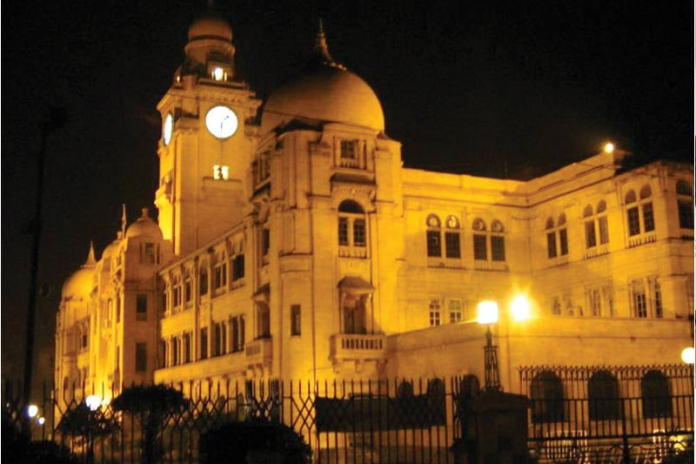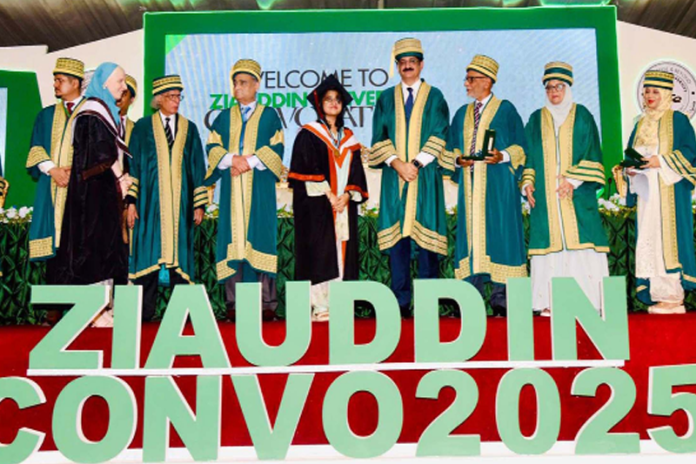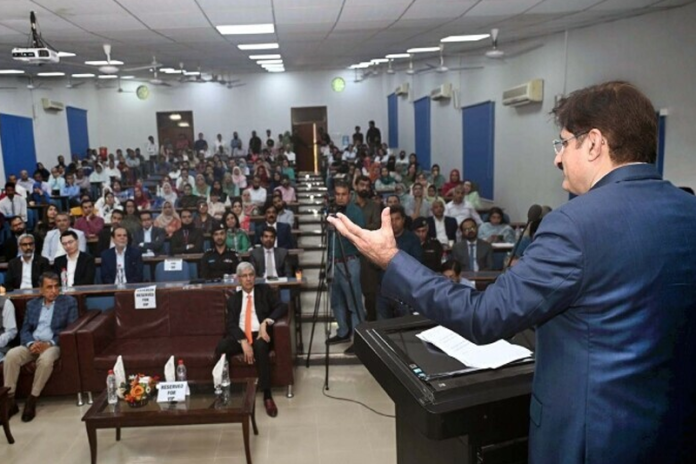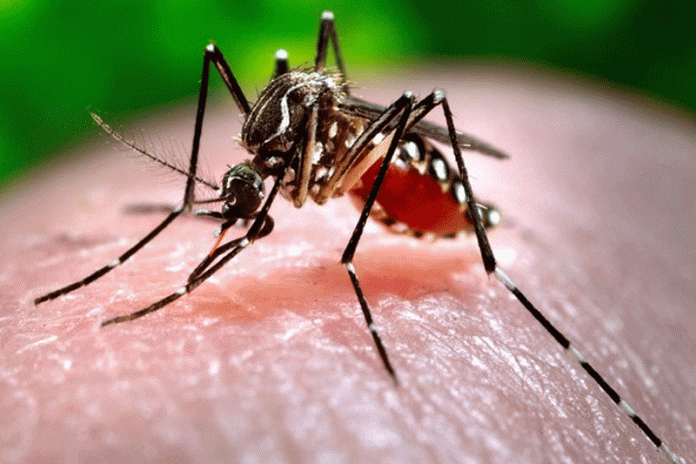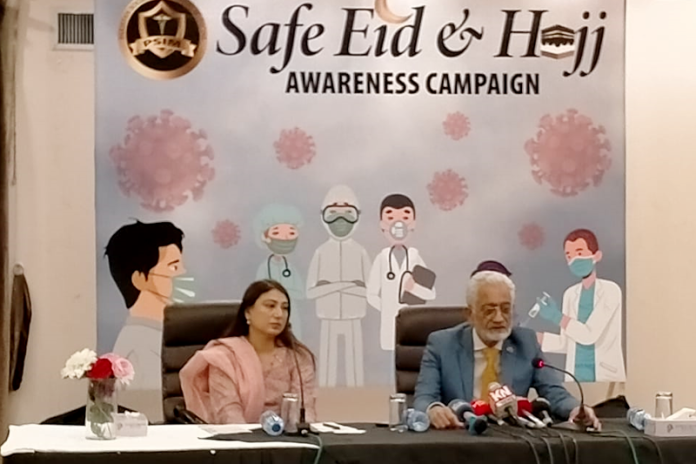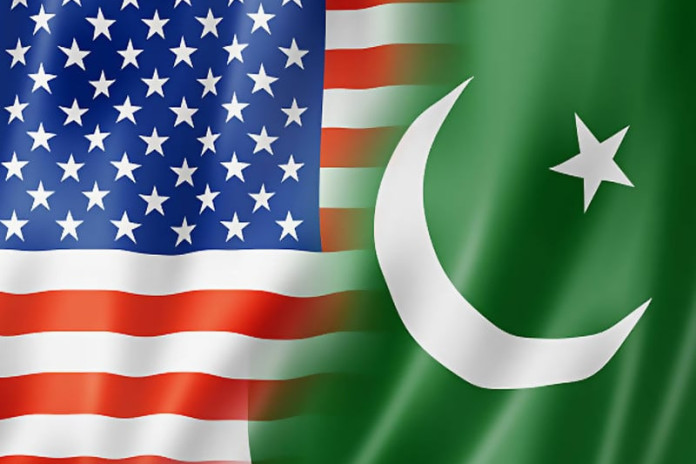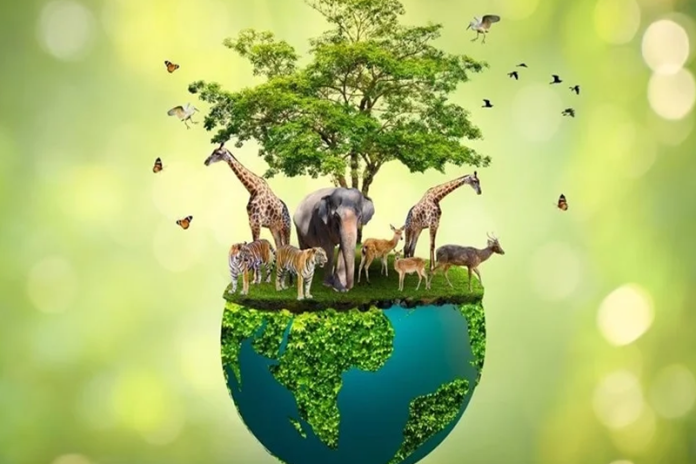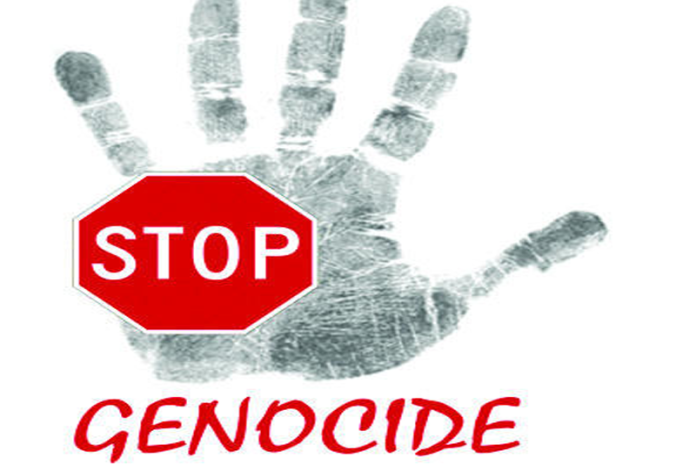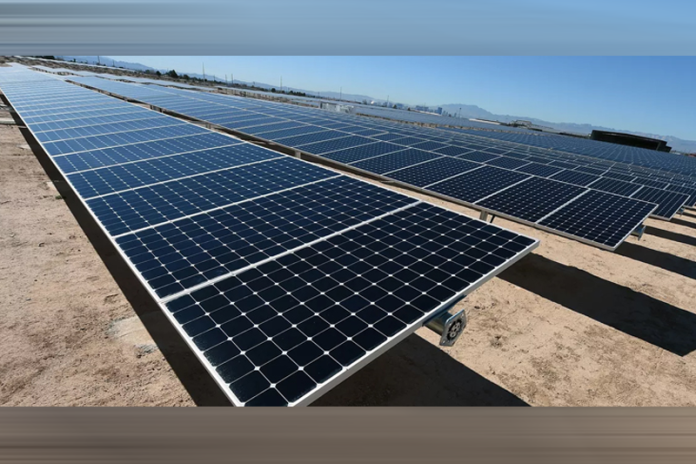Domestic ferocity

- 517
- 0
Domestic violence denotes to the violence and abuse which happens in a domestic setting like cohabitation or marriage. It is important to remember that domestic violence is not just physical but any kind of behaviour that tries to gain power and control over the victim. Domestic violence also referred to as or intimate partner violence or domestic abuse - takes place in an intimate relationship. Domestic violence can happen in both heterosexual relationships as well as same-sex relationships. Threatening a person is also a type of domestic abuse affecting the person mentally and emotionally. The abuser may also seek to isolate the victim from other people who may provide assistance. A number of studies have looked into identifying individuals who are most at risk for domestic violence. The most common feature is an imbalance of power and control. However, neither those who experience domestic violence nor the partners who abuse them fall into distinct categories. They can be of any age, ethnicity, income level, or level of education.
Often women and children are the soft targets of domestic violence. Domestic violence is a gruesome crime that also causes a number of deaths. Some of the most common causes of domestic violence are illiteracy and economical dependency on the menfolk. Acts of domestic violence may include persistent forms of marital rape. Also, violent physical abuse such as beating, choking, female genital mutilation and acid throwing that can lead to disfigurement and in extreme cases, death.
Research has shown that there exists a significant and direct correlation between a country’s level of gender equality and domestic violence rates. Countries that experience higher rates of domestic violence have less gender equality. Domestic violence on a worldwide basis is among the most underreported crimes globally for both women and men.
In Pakistan, domestic violence is considered a private matter, as it occurs in the family, and therefore not an appropriate focus for assessment or intervention. Women have to face discrimination and violence on a daily basis due to the cultural and religious norms that Pakistani society embraces. According to an estimate, approximately 70 to 90 percent of Pakistani women are subject to domestic violence. Further, traditional practices and attitudes basing on false molds of religiosity make it very problematic for a woman to finish even a violent relationship. Women incline to believe they are obligating a sin by dissolving even an abusive marriage. In addition, the impact of media may also increase the likelihood of violence against women. It becomes apparent by looking in to the interaction of these factors that violence against women in this country may be understood. This understanding then may be used as pathways for change, which may eventually provide substantial improvement in women’s lives. Historically, in Indo-Pak’s tribal and rural cultures, women were treated as the property of men. Role of woman has been submission, to serve as a commodity and to sacrifice herself for the sake of values determined by men. Women were traded for reconciliation, forced into marriages for political reasons and attaining tribal peace. Also, they were disallowed to marry of their own will and denied legal rights of inheritance. Being killed for the sake of man’s ethics and man-made values is an accepted norm in this part of the globe, even in this day and age.
The following are instances of situations that are common among people who experience domestic violence. It is vital to understand that anyone can be abused. Individuals at danger might who is Planning to leave or has recently left an abusive relationship, Previously in an abusive relationship, Poverty or poor living situations, Jobless, Physical or mental incapacity, Just separated or divorced , Isolated socially from family and friends, Abused as a child, Observed domestic violence as a child, Younger than 30 years and Hunted by a partner. Although the abusers also share some common characteristics, it is important to note that abusers choose violence to get what they want in a relationship.
Furthermore, the effects of domestic violence depend upon the type of domestic violence. It could be physical ,emotional, sexual and economic .First, in physical abuse the abuser will use Seen physical force against the victim in a way to injures or endangers his or her or causes feeling of pain. Second, emotional abuse is defined as any behavior that looms, threatens, dents the victim’s self-worth or self-esteem, or controls the victim’s freedom. Emotional abuse includes conflicting actions or statements which are intended to confuse and create insecurity in the victim. Third, in Sexual abuse is any situation in which force is used to obtain participation in unwanted sexual activity. Forced sex, even by a spouse or intimate partner with whom consensual sex has occurred, is an act of aggression and violence. Sexual abuse includes Use of physical force to compel a person to engage in a sexual act against his or her will. Finally, Economic abuse is when the abuser has control over the victim’s money and other economic resources. In its extreme (and usual) form, this involves putting the victim on a strict “allowance”, withholding money at will and forcing the victim to beg for the money until the abuser gives them some money. It is common for the victim to receive less money as the abuse continues.
Domestic violence is a pattern of abusive behaviors by one or both partners in an intimate relationship such as marriage, dating, family, friends or cohabitation. Domestic violence has many forms including physical aggression (hitting, kicking, biting, shoving, and restraining, slapping, throwing objects); it can also be sexual or emotional. It is essential to recognize the signs of domestic violence and report the abuser if it is happening around you or to you.
Published in The Daily National Courier, January, 06 2023
Like Business on Facebook, follow @DailyNCourier on Twitter to stay informed and join in the conversation.



